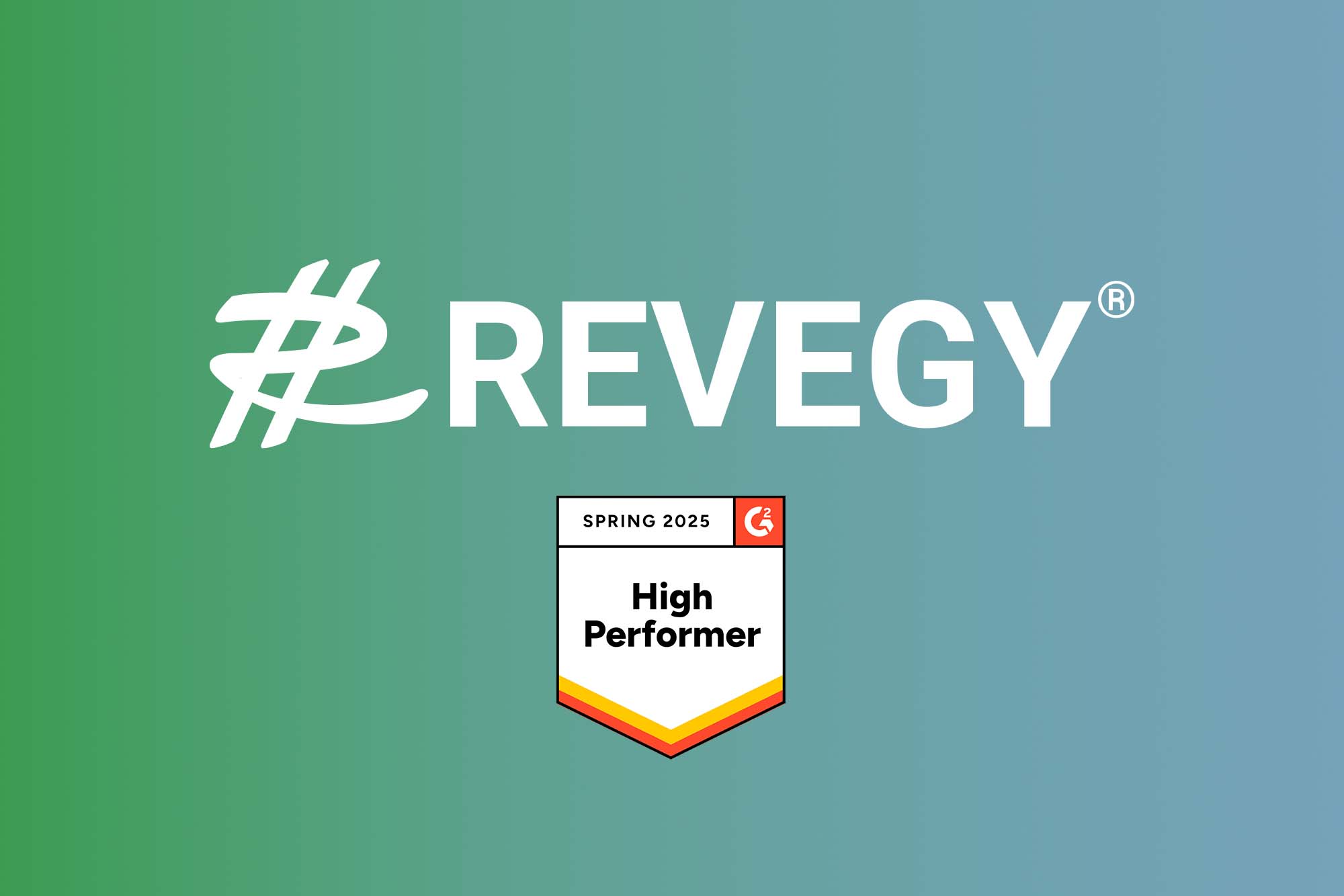What are Sales Quotas?
Sales quotas are the pre-established objectives that a salesperson or a sales team must achieve within a designated time frame. Quotas can be defined as revenue goals, units sold, or new customers acquired. Meeting these targets contributes to organizational success. But sales quotas can also be designed to challenge sales reps and encourage them to go beyond their comfort zone and grow further as a professional.
Sales Quotas, Sales Goals, and Sales Targets: How Do They Differ?
Sales quotas, sales goals, and sales targets are distinct concepts in the sales realm. Let’s break down their differences.
Sales Quota vs. Sales Goals
A sales quota is usually the revenue expectation set for an individual or team over a specific period, like a month or quarter. This quota feeds into the broader sales goal, which represents the company’s overarching revenue ambition.
For instance, if a company aims to boost its revenue by 20% over the year, sales leaders might set incremental revenue quotas for their teams or individuals each month or quarter to help achieve this overarching goal.
Sales Quota vs. Sales Target
The sales target is the revenue benchmark that the entire sales team strives to meet to fulfill the sales goal.
In essence, while the sales goal represents the company’s long-term revenue aspiration, the sales target provides the roadmap for the team to reach this goal, and the sales quota acts as the periodic milestones for individual contributors.
Types of Sales Quotas
Navigating the sales landscape requires clear markers to ensure success. Sales quotas are these markers, providing measurable targets that sales teams aim for. They not only offer direction but also motivate and challenge sales professionals to excel in their roles. Each type of quota, whether centered around revenue, activities, or volume, offers a unique perspective on performance metrics. Let’s delve into the various types of sales quotas and understand their significance.
Basic Revenue Sales Quota
The most straightforward way to set a quota is by using revenue. In a basic revenue sales quota, each salesperson is responsible for closing a specific amount of revenue every month or quarter, which can be tailored to fit your business requirements.
Take this example. Emily needs to achieve a monthly revenue sales quota of $3,000. By selling 50 fitness gadgets for $60 each, she would achieve her quota. Emily could also explore other avenues, such as selling a handful of high-end gadgets or capturing a broader market by selling a larger volume of more affordable items. Meeting or exceeding these sale quotas can be a testament to a salesperson’s effectiveness and adaptability in the market.
Forecast Revenue Quota
Sales leaders can generate a forecast quota across various metrics using historical data and analytics. This quota typically accounts for the organization’s revenue objectives and takes a top-down viewpoint. After determining the forecast revenue number, sales managers can assign a quota to their reps based on the reps’ skills and abilities.
Here is an example of a forecast revenue sales quota. Alex is a representative handling the Pacific Northwest region for TechWiz Electronics. Historically, during Q4, Alex consistently achieved sales totaling $8,000. This year, however, the company has set a target to boost Q4 sales by 20%. As a result, Alex’s sales quota for the quarter would be $9,600.
On the other hand, meet Casey, who oversees sales in the Southwest region. Casey has usually achieved approximately $5,000 in Q4 revenue. However, the competitive landscape in the Southwest market has changed. Therefore, the sales leaders might modify Casey’s quota accordingly due to the unique market dynamics, adjusting expectations to ensure better performance and meaningful results.
Activity Quota
An activity quota requires the salesperson to complete activities, such as making phone calls, sending emails, or scheduling demos within a month or a quarter.
For example, Sarah’s monthly quota is to make 60 prospect calls, send 100 personalized emails, and schedule eight product presentations. Every step she takes is logged in her CRM, making it easy for her sales manager to track her progress and see whether she’s on track or needs to put in extra effort.
Volume Quota
In this type of quota, sales reps must sell a certain number of units or generate a specific amount of revenue within a predetermined period. Incentives are offered for selling more units.
For example, Lisa of ColorBloom Cosmetics must sell 150 lipsticks monthly. With every lipstick she sells, she earns money in the form of commissions. Once she reaches her quota of 150 lipsticks, she’s invited to a celebration and receives a bonus.
Account Opportunity-Driven Quotas
Quotas driven by account opportunities are simple to comprehend. They consider differences in the market, such as varying market share and growth rates in different territories. They also analyze pipeline opportunities and forecasting indicators to predict the future.
For example, a sales representative closes at least ten high-potential accounts every quarter. The rep concentrates on strategic clients with a budget exceeding $100,000. This approach aligns with the company’s goal of expanding market share and growing revenue.
How Do You Set a Sales Quota?
Companies set sales quotas using either top-down or bottom-up approaches. Let’s find out what each means.
Top-Down Approach
This approach determines goals at the top level and cascades to individual salespeople. The method aligns with the company’s revenue KPIs and strategic objectives.
- Set business objectives: Define the organization’s high-level goals, such as revenue growth, market share expansion, or desired profit margins. These objectives are the baseline for setting quotas.
- Allocate: Allocate the overall revenue target across various sales units, regions, products, or customer segments based on past performance, growth potential, market trends, and strategic importance.
- Segment: Distribute revenue targets across segments that align with the structure of the sales team, i.e., different territories, product lines, or sales channels.
- Adjust: The allocated quotas must be realistic and attainable at each level to avoid “sandbagging.” Consider market trends, historical data, and external factors affecting sales performance.
- Communicate: Communicate the quotas to the sales team, providing context on how the quotas contribute to the organizational goals. Ensure that salespeople understand the broader strategy and the role they play in it.
Bottom-Up Approach:
The bottom-up approach involves input from individual sales representatives and sales teams and averages their forecasts to establish overall quotas. This method benefits from the insights of those on the front lines with the customers.
- Salesperson input: Collect input from the sales team. Ask each salesperson to estimate their sales quota based on their understanding of the market, previous performance, and future opportunities.
- Team Aggregation: Group the individual sales forecasts together based on team, region, or product line. These individual forecasts provide a comprehensive view of the team’s sales potential.
- Review and Alignment: Compare the forecast with the company’s overall goals. Adjust the projected numbers to align with the organization’s broader business goals.
- Quota Allocation: Allocate the adjusted aggregated forecast to individual salespeople and teams. Ensure that the allocation process is transparent and fair.
- Balance and Validation: Review the quotas at the individual level to ensure they’re challenging yet attainable. Combined quotas at the team and higher levels should align with the organization’s goals.
Both approaches have their pros and cons. The top-down approach ensures company-wide goals are met, while the bottom-up approach includes the sales team’s insights. Many organizations combine both methods to balance top-level strategy and on-the-ground insights for sales account planning. A combined approach can improve collaboration, enhance overall performance, and increase sales revenue.
Best Practices for Setting Sales Quotas
Setting sales quotas is a critical task that demands strategic insights. Here are some best practices to consider:
- Leverage Data: Make the most of data when setting sales quotas. Historical performance, conversion rates, and overall revenue generated by the team lend perspective and provide a solid baseline for establishing quotas. Avoid the pitfalls of sandbagging sales by analyzing genuine performance metrics. Revegy’s powerful sales team management platform can conduct an in-depth analysis of historical data to create sales quotas that help sales reps and leaders perform.
- Align with Broader Goals: Consider growth targets, market expansion plans, and product priorities to ensure sales quotas directly contribute to your organization’s goals.
- Use Segmentation: Segment your sales team based on geographical regions, product lines, customer types, or sales rep experience. All these factors can affect sales revenue. Balance Goals for Fairness: Aim to create a balance between achievability and challenge. Unreasonably high quotas can demotivate the team, while easy ones can lead to complacency. Revegy’s sales team management software helps set realistic quotas by analyzing past performance. It also provides insights and context to predict pipeline performance more accurately.
- Ensure the Team Understands their Sales Quotas: Communicate the quotas and how they were set to the team. Knowing the “why” creates transparency and increases accountability. Address concerns quickly to ensure everyone understands and feels comfortable with their objectives.
- Adjust for External Factors: Market trends change, and unexpected challenges and opportunities arise. These external factors often affect sales quotas, so be ready to adjust your goals when needed. Flexibility ensures that quotas are always attainable and keeps the sales reps’ morale high.
- Involve Teams to Create Ownership: Involve the sales team in the quota-setting process. Their knowledge and perspectives can provide valuable insights into the feasibility of quotas. The team’s involvement also creates a sense of ownership.
- Track Performance: Invest in a robust system like Revegy with visual dashboards, data analytics, and reporting to enable reps to capture critical quantitative and qualitative data, track milestones, and manage risk to convert opportunities quickly. Regularly review performance and provide feedback to keep the team inspired. Continuous evaluation enables timely intervention if opportunities are straying off course and alerts sales leaders to contact those needing additional sales training.
- Aim for Continuous Improvement: Conduct a pipeline performance review regularly to determine which strategies are working. Adjust sales processes and methodology accordingly. By introducing a complete sales execution platform like Revegy, you can identify the right behaviors and encourage reps to repeat them. Revegy empowers sales leaders to analyze touchpoints to uncover the most effective sales plays. The platform translates the content, talk tracks, and contact cadences that work into templates.
- Long-Term Vision: Long-term profits usually win over short-term gains. Sales quotas emphasizing consistency observe better results over time and foster a thriving sales environment. Revegy’s Strategic Account Planning helps sales and account management teams execute a repeatable, data-guided methodology to identify growth potential in key accounts, build compelling business cases, and boost wallet share over the long term.
- Streamline the Workflow: Bridge the gap between quotas and close rates by empowering sales reps with a powerful sales workflow that helps them win. Revegy’s sales enablement software provides reps easy access to customized playbooks, talk tracks, and several other tools that help them streamline the sales process and be more productive.
- Provide Guidance and Support: Sales leaders are not just quota setters but sales coaches, too. As a leader, provide your team with the tools and resources for sales opportunity planning and training to overcome obstacles and effectively reach their quotas. Revegy lets you easily create lessons and training events, track rep participation, and practice continuous coaching.
Case Study: Boosting Forecasting Accuracy with Revegy
Overview:
An industry-leading software automation company, with a valuation of $31M, leveraged the Revegy platform to enhance its sales execution. The result was a significant improvement in forecast accuracy and a reduction in time to revenue realization.
Challenge:
Despite using Salesforce’s CRM for forecasting and pipeline management, the organization faced challenges in translating the system’s data into actionable strategies. The lack of clarity led to inaccurate forecasts and missed opportunities for account growth.
Solution:
By integrating the Revegy platform with their existing CRM, the company gained actionable insights for strategic engagement with accounts. This visibility resulted in a 100% adoption rate by the sales team.
- Opportunity Profiling: The platform allowed for a comprehensive view of revenue potential by buying stage and individual opportunity scorecards, leading to a 25% improvement in forecasting accuracy.
- Collaborative Account Planning: Revegy’s tools, such as Relationship and Influence maps, fostered collaboration both internally and in client interactions.
- Scalable Key Account Management: Implementing Revegy led to a 20% reduction in time to revenue realization within strategic accounts, expanding account partnerships over time.
Outcome:
Since adopting Revegy in early 2018, the organization witnessed a 25% boost in forecasting accuracy. Additionally, opportunities progressed faster through the sales process, with the Revegy platform highlighting critical deal aspects earlier.
“One of the biggest benefits we’ve seen using Revegy is related to revenue predictability. We’ve seen a 25% improvement in forecast accuracy, which equips us to make strategic business decisions.” – VP of Sales, North America.
Empower Your Sales Team to Surpass Their Sales Quotas
Crafting the perfect sales quotas demands a harmonious blend of data-driven insights, forward-thinking strategy, and adaptability. Elevate your sales team’s performance by aligning quotas with overarching business goals, fostering open communication, and championing their continuous growth.
Discover how Revegy’s state-of-the-art sales intelligence platform can revolutionize your sales execution. Request a demo today.
FAQs
1. What are the limitations of a sales quota?
- It is crucial to create a balance between attainability and challenge.
- Overly rigid quotas can impede team performance. Flexibility is vital; sales leaders should consider market fluctuations and individual circumstances.
- Relying entirely on revenue-based quotas may neglect other essential performance indicators, impacting sales effectiveness and customer relationships.
2. Why is it essential to set sales quotas?
Sales quotas are essential because they provide clear performance targets, motivate sales reps, encourage teams to focus, create accountability, and align efforts toward achieving revenue goals. Monitoring performance against sales quotas also enables leaders to intervene to ensure sustainable organizational growth.
3. How can you effectively manage sales quotas?
Sales leaders can manage sales quotas effectively by leveraging a sales management platform. The right technology will help sales leaders:
- Set realistic goals
- Predict sales accurately
- Unify account data
- Review solid analytics and reporting to measure and track progress
- Assess sales reps’ performance to find strengths and identify areas of concern
- Create a blueprint to win easily
- Offer continuous coaching to help reps perform better and increase revenue generation
Revegy provides a complete solution for setting and achieving your sales quotas.
4. How does Revegy help in setting sales quotas?
- Revegy offers data analytics, relationship mapping, and other tools that provide insights into past performance and future opportunities, aiding in setting realistic and achievable sales quotas.
5. How does Revegy support sales teams in achieving their quotas?
Revegy offers tools like visual dashboards, opportunity scorecards, and relationship maps that help sales reps strategize, track progress, and focus on high-value opportunities.
6. Is Revegy customizable?
Revegy can be customized to match your company’s unique sales process. It easily integrates with your existing technology and enables you to work smarter.
References
https://www.zendesk.com/in/blog/sales-quota/#georedirect
https://blog.hubspot.com/sales/sales-quotas








